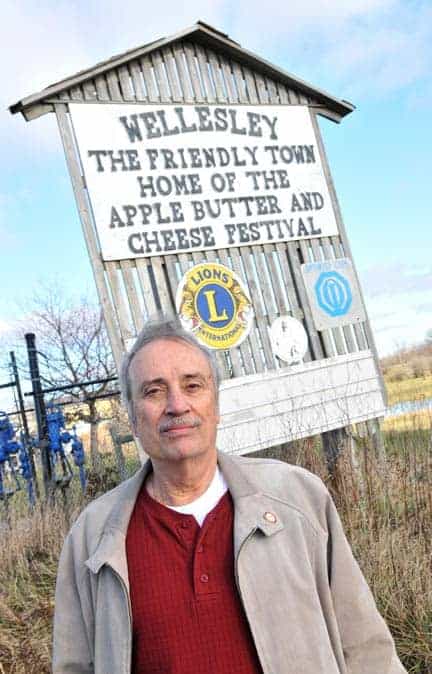If you’re in the mood for toasting some marshmallows, hopefully you got your fill over the long weekend, as Woolwich contemplates a ban on open fires during the prolonged hot, dry spell.
The first week of July brought a continued stretch of hot weather, yet residents have thus far been spared from a burn ban. That state may be short-lived, however, according to deputy fire chief Dale Martin. Though calls to the fire department remain minimal, he noted the drier it gets, the greater the possibility for an increase in grassfires and related incidents.
“They’re calling for some extremely hot weather this week, so it’s a good possibility there will be a ban put on for the week,” said Martin Tuesday afternoon.
The hot, hazy and humid weather we saw this week is likely to continue, with Environment Canada senior climatologist Dave Phillips predicting a summer reflective of the weather this week: higher temperatures than normal and increased humidity due to scattered showers and occasional thunderstorms.
“This week is no exception to what we’ve had in June. Temperatures have been well above normal, so it’s a continuation of the pattern of the warmth and humidity we are seeing this week with temperatures that could be up to the mid thirties – 32, 34 degrees in your area, where normally it would be up to 26.”
Phillips said periods of scattered showers and increased humidity will also likely continue over the summer, yet that does not negate fire-related dangers. The unusual spike in temperature this season also increases the number of dry spells for the region, meaning even more precipitation would be needed to prevent grassfires and smog alerts.
Though Phillips predicts a warm, dry summer, he adds this week’s weather is hard to sustain and the region will likely get some cooler breaks.
“There will be some Canadian air coming in, which will be rather refreshing and people will be pleased when that comes in because it will be a lot of warm and humid days that we will have to deal with for a good chunk of the summer.”
The prospect of grassfires – and subsequent bans on open fires – depends entirely on the amount of rain the region gets, Martin explained.









